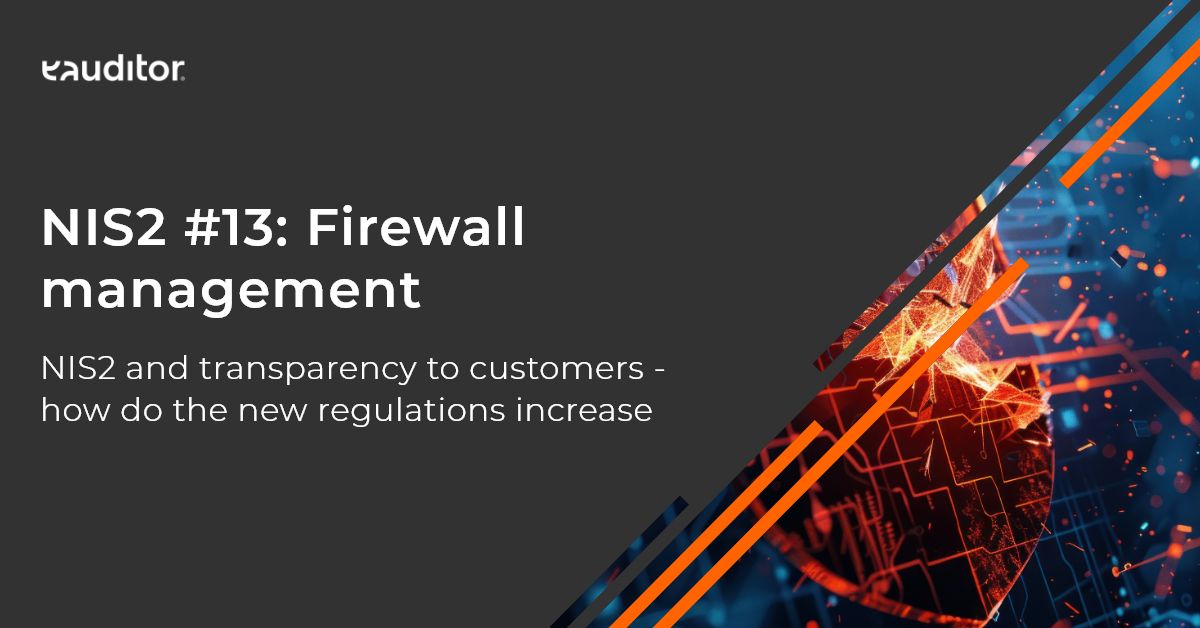How to optimize your company’s IT infrastructure management?
Learn about ways to streamline the process
The most common problems resulting from improper management of IT infrastructure in a company
Nowadays, the functioning of many companies is based on the use of modern technologies and IT systems. This means that IT infrastructure management is extremely important for the proper operation of the company and its development. Inadequate oversight of IT resources can therefore lead to numerous problems that threaten not only the stability of systems, but also the security and image of the company. The most common problems resulting from improper management of IT infrastructure include:
- System and equipment failures – failure to regularly maintain and update the IT infrastructure can lead to failures, which significantly affects the smooth operation of the entire company.
- Data security – improper management of IT infrastructure can result in data leakage and privacy violations for customers and company employees.
- Inefficient use of IT infrastructure – can lead to wasted company resources and spending on unnecessary elements of the infrastructure.
- Unavailability of systems and applications – can generate frustration among the company’s employees and customers, which translates into a negative image of the company.
- Low efficiency and quality of operation – inefficient use of IT infrastructure and poor condition of systems can lead to slower performance of employees and, consequently, lower productivity of the company as a whole.

Best practices in IT infrastructure management
To ensure the security and reliability of your IT infrastructure, it is worthwhile to follow best practices for proper IT asset management. Among the most commonly recommended are:
- monitoring the infrastructure to ensure high performance and minimize the risk of failure. Additionally, keep software and hardware up-to-date to avoid potential security vulnerabilities and ensure compliance with the latest standards,
- ensuring data and system security in terms of authentication, authorization and encryption. Data should also be backed up regularly to ensure continued availability in the event of a failure or malware attack.
- remote management and automation to respond quickly to problems and minimize the impact on end users. In addition, using data analysis and reporting tools allows you to better understand your IT infrastructure and make sound decisions.
Benefits of optimizing IT infrastructure management
By choosing to apply the above practices that affect the optimization of infrastructure management, you can gain many benefits, including:
1. Increased productivity – improved performance of IT systems and infrastructure translates into increased employee productivity.
2. Improved accessibility – better availability of IT services, including websites, tools, business applications, etc. significantly increases convenience of use of systems by end users.
3. Increased IT security – the use of IT security best practices, such as software updates, authentication and encryption – minimizes the risk of hacking attacks and data leaks.
4. Improved control and monitoring – the ability to track and monitor IT infrastructure makes it easier to detect failures, problems and security incidents, and enables rapid response to these events.
5. Cost optimization – increased efficiency in the use of IT infrastructure through the implementation of automation and remote management solutions, among others, translates into lower maintenance costs.
6. Improving the quality of IT services – better quality and availability of IT services affects the satisfaction of the organization’s end users and customers.





